Innovations in Gimbal Technology: The DJI Ronin 4D and 8K Gimbal
The introduction of the Ronin 4D with the new 8K gimbal by DJI marks a significant advancement in gimbal technology.
An independent analyst and well-known YouTuber, Gerald Undone, originally hired by DJI for lab testing, shares insights into the new sensor and gimbal’s capabilities, focusing on technical aspects rather than a full product review.
This video delves into the technicalities, exploring the dynamic range, rolling shutter, and other key features of the Ronin 4D and its 8K gimbal.
Technical Setup and User Interface
The Ronin 4D’s design allows for easy swapping of components, including the gimbal and sensor mounts. The device supports various mounts, including the Sony E mount and the original DJI mount.
The user-friendly interface features straightforward touchscreen buttons, offering adjustments for image sharpness and noise reduction.
Notably, the dynamic range expansion toggle is a standout feature, allowing users to optimize between higher dynamic range and faster rolling shutter speeds.
Dynamic Range and Noise Reduction
Dynamic range tests on the Ronin 4D reveal impressive capabilities, with approximately 15 stops of total dynamic range and around 12.5 stops considering noise.
Both native ISOs of the 8K sensor (EI 800 and EI 4000) demonstrate similar results when dynamic range expansion is enabled.
Notably, the noise reduction feature significantly impacts the results, highlighting its importance in the overall camera performance.
The Trade-Off: Dynamic Range vs. Rolling Shutter Speed
A key aspect of the Ronin 4D’s functionality is the dynamic range expansion toggle. Disabling this feature results in a faster rolling shutter but sacrifices some dynamic range.
The trade-off is minimal, with only about half a stop lost in dynamic range for a considerable improvement in rolling shutter speed.
Oversampling Benefits
Oversampling the 8K footage to a 4K timeline enhances the dynamic range, demonstrating the benefits of this technique.
Additionally, the internal oversampling on the 8K sensor further improves the results, surpassing the 6K sensor in certain scenarios.
Comparing Rolling Shutter Performance
The rolling shutter performance varies between the 6K and 8K sensors. The 6K gimbal exhibits a mediocre rolling shutter speed, while the 8K sensor shows a significant improvement when dynamic range expansion is disabled.
This flexibility in the 8K gimbal offers users the choice between higher image quality or faster rolling shutter performance.
ISO Range and Noise Performance
The ISO range and noise performance are comparable between the 8K and 6K sensors. Even at higher ISOs, the 8K sensor maintains high image quality, especially when oversampling is utilized.
Color Accuracy
Color testing reveals excellent performance of the 8K sensor, with only minor oversaturation in magenta. This minor issue is easily correctable, ensuring that color reproduction is not a significant concern.
Conclusion: A Balanced Offering
The Ronin 4D with the new 8K gimbal provides a versatile option for users, offering a balance between image quality and readout speed.
While more expensive than the 6K sensor, the 8K gimbal presents a technical advantage. However, budget-conscious users can still find great value in the 6K sensor, especially for scenarios requiring a combination of readout speed and low light performance.
Both sensors offer a Super 35 mode for additional readout speed enhancement.
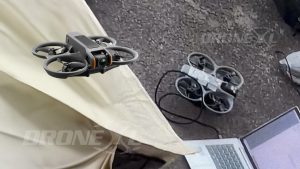

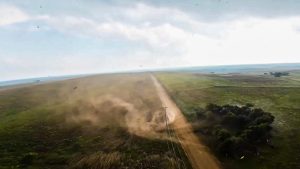

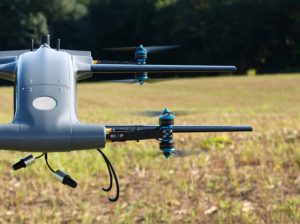
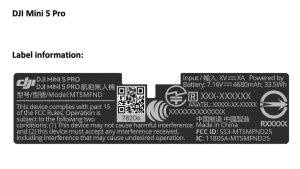
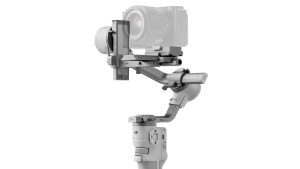
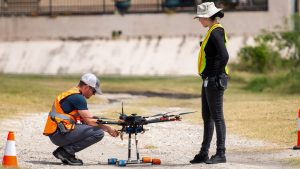

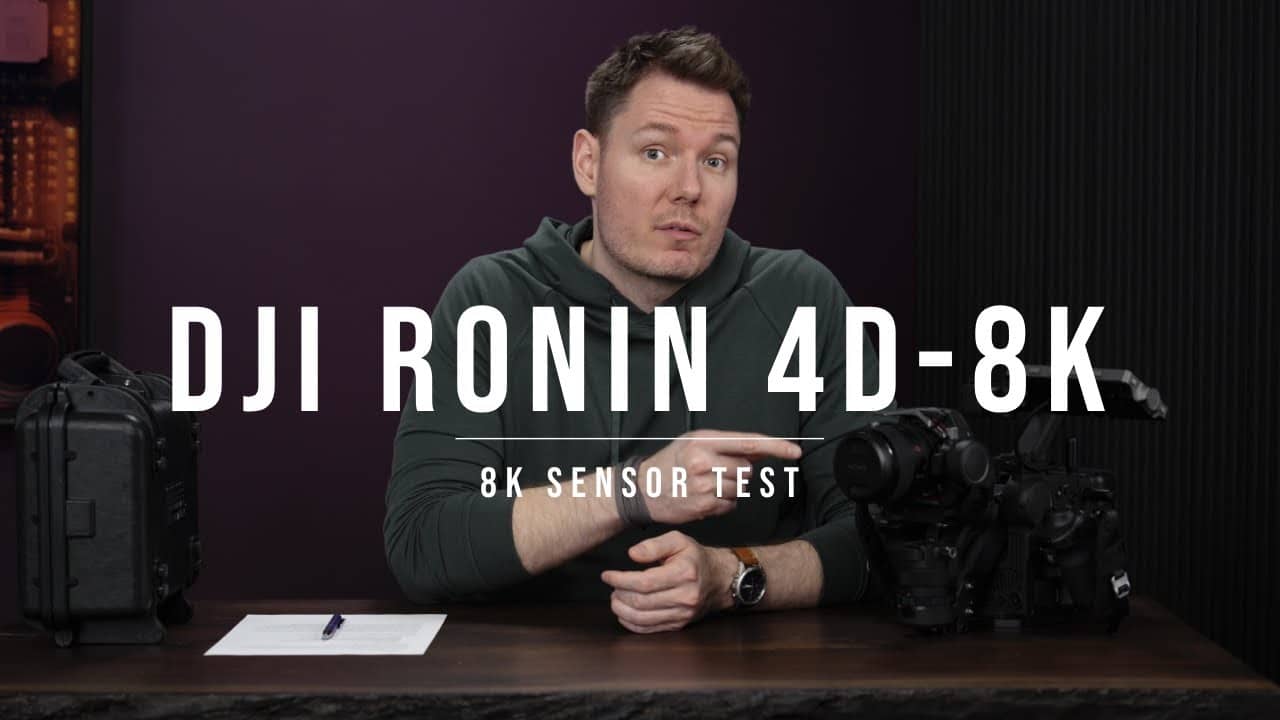


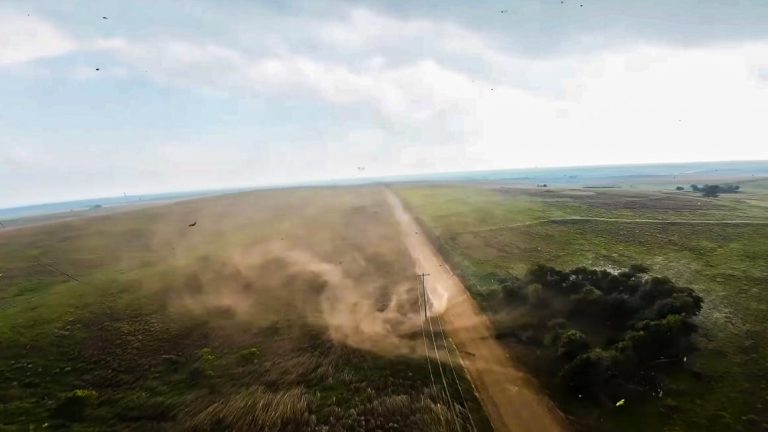

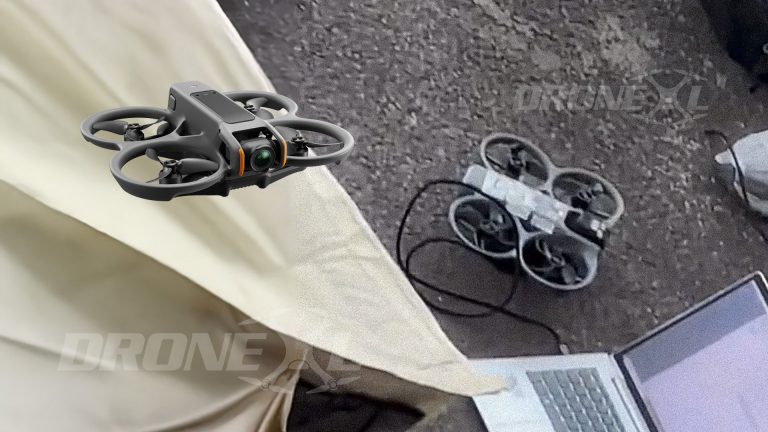



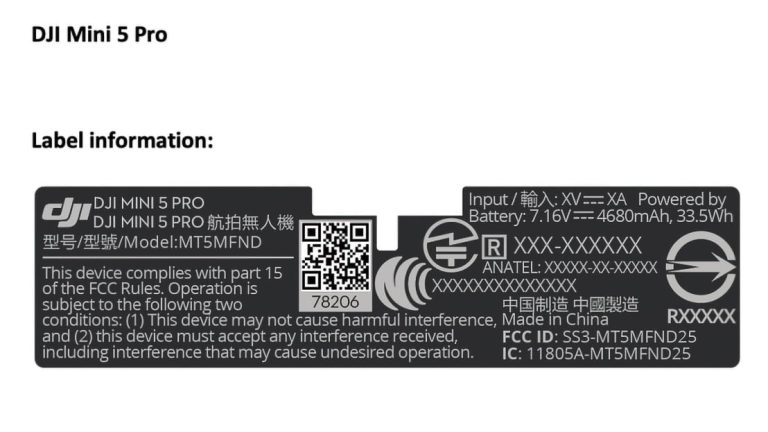
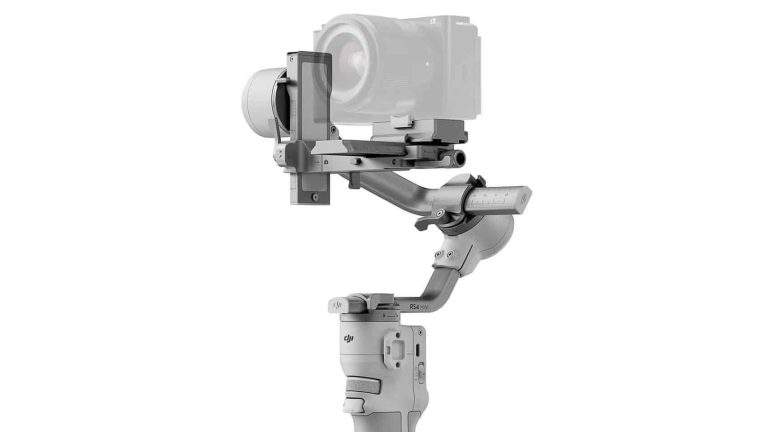
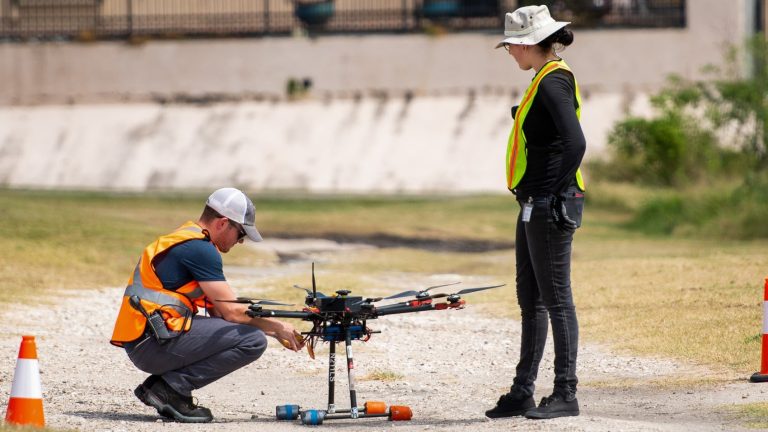
+ There are no comments
Add yours